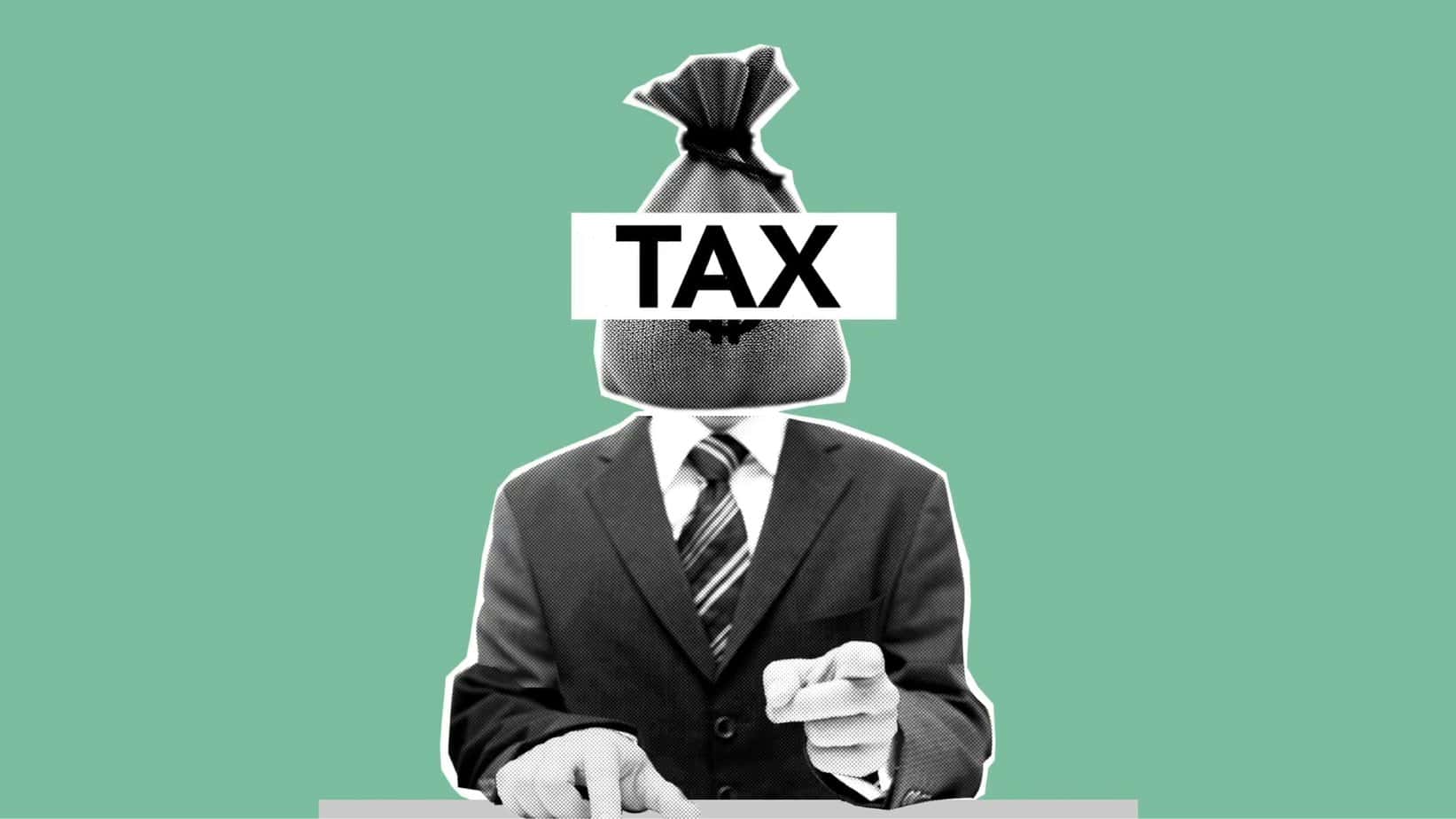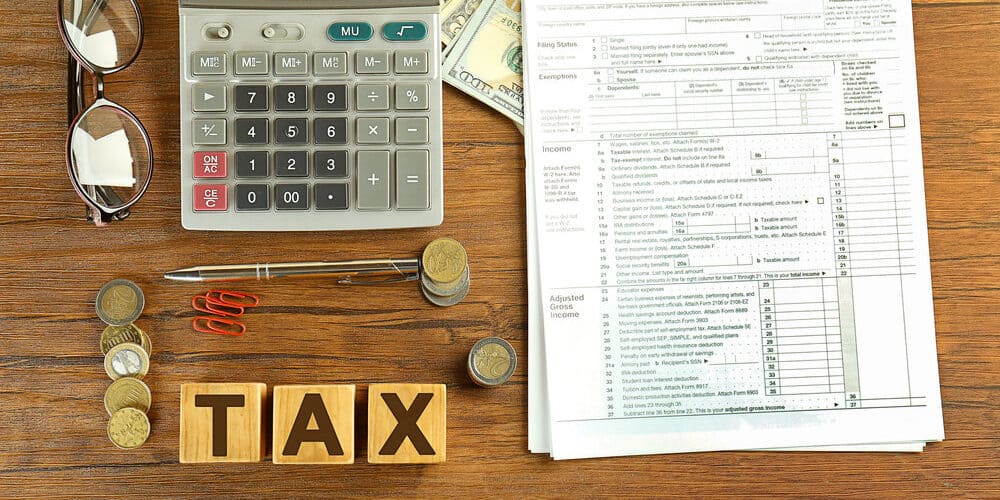
BY
|
Australia’s Personal Income Tax Brackets for 2024-25
As an Australian taxpayer, getting a handle on the personal income tax brackets is key to managing your money wisely. With some big shifts in the tax cuts, income tax rates and thresholds that kicked in from 1 July 2024, now’s the perfect time for a refresher.
In this guide, we’ll break down what’s changed, how it impacts you, and share some practical tips to help you stay on top of your tax payable. Let’s dive in!
Income Tax Brackets 101
First off, let’s talk about what tax brackets actually are. In a nutshell, they determine how much income tax you pay based on how much you earn. Australia has a progressive tax system, which just means that higher earners pay a bigger slice of their income in tax. The government tweaked these brackets in 2024 to keep up with the economy.
The 2024-25 Changes to Personal Income Tax Brackets
Okay, so what was the scoop on the 2024 changes? The big headline is that most Aussies are now paying less tax and dealing with a simpler system since 1 July 2024. Here’s the new tax rate breakdown that’s currently in effect:
| Taxable Income (AUD) | Tax Rate |
| $0 – $18,200 | 0% (Tax-free) |
| $18,201 – $45,000 | 16% |
| $45,001 – $135,000 | 30% |
| $135,001 – $190,000 | 37% |
| Over $190,000 | 45% |
So, what’s different from before when it comes to taxable income?
- The low 19% rate dropped even lower to just 16%, which has been great news if you’re on a tighter budget.
- The old 32.5% rate dipped to a flat 30%, and that kicks in later at $135,000 instead of $120,000.
- The 37% rate likewise shifted up to cover a narrower band of incomes over $135,000.
- The top 45% rate now only hits earnings above a lofty $190,000.
What This Means for Your Taxable Income
For the vast majority of taxpayers – around 94% of us – these changes have capped out our marginal tax rate at 30% max. That means more money staying in your pocket this financial year. Plus, scrapping the old 37% bracket for most incomes has made the whole system a bit easier to wrap your head around.
Think about it this way: if you’re pulling in $60,000 a year, you’ll be saving about 800 bucks annually under the current setup compared to before. Not too shabby!
Don’t Forget Medicare
Now, one thing to keep in mind on top of income tax is the Medicare levy. Most Australian residents still get dinged an extra 2% of their taxable income to help fund Medicare. And if you’re a high earner without private health insurance, you might also get slugged with a Medicare levy surcharge of between 1% to 1.5% when you’re arranging your Australian income tax.
Tips to Maximise Your Income Tax
So how can you make sure you’re on the ball with all these tax tweaks? Here are some practical pointers:
1. Nail down your taxable income. This covers your wages, investment returns, pensions, and some government payments. You can subtract any deductions to shrink that taxable figure.
2. Scope out deductions and offsets you might qualify for, like work costs or the Low Income Tax Offset (LITO) to minimize what you owe.
3. Use the ATO’s online calculators to see your tax bill under the new system.
4. If you’re self-employed, make sure you’re putting aside savings regularly for taxes since you’re not getting anything withheld.
5. Hire an accountant to make sure you’re getting as much tax back as possible.
Key Takeaways
- The changes to Australia’s personal income tax brackets that happened in July 2024 have meant good news for most of us.
- By dropping rates for lower and middle earners and bumping up those tax thresholds, the majority of taxpayers have wound up with a bit more breathing room in their budgets this financial year.
- The key is to stay in the loop on what you owe and to keep taking advantage of tax-trimming strategies where you can.
Some Common Tax FAQs
What counts as taxable income?
Taxable income includes wages, bank interest, investment returns, pensions, and government payments MINUS any deductions. Lottery wins or child support typically don’t count.
How do I file my tax return?
You can lodge online through myGov or work with a registered tax agent. Get your return in by 31 October unless you’ve locked in an extension.
Has the Medicare levy changed?
Nope, the Medicare levy holds steady at 2% of taxable income for most people, same as before.
What if I don’t report everything I earned?
Big no-no. The ATO can still sting you with fees and interest if they catch you underreporting your income, even with the new tax rates.



